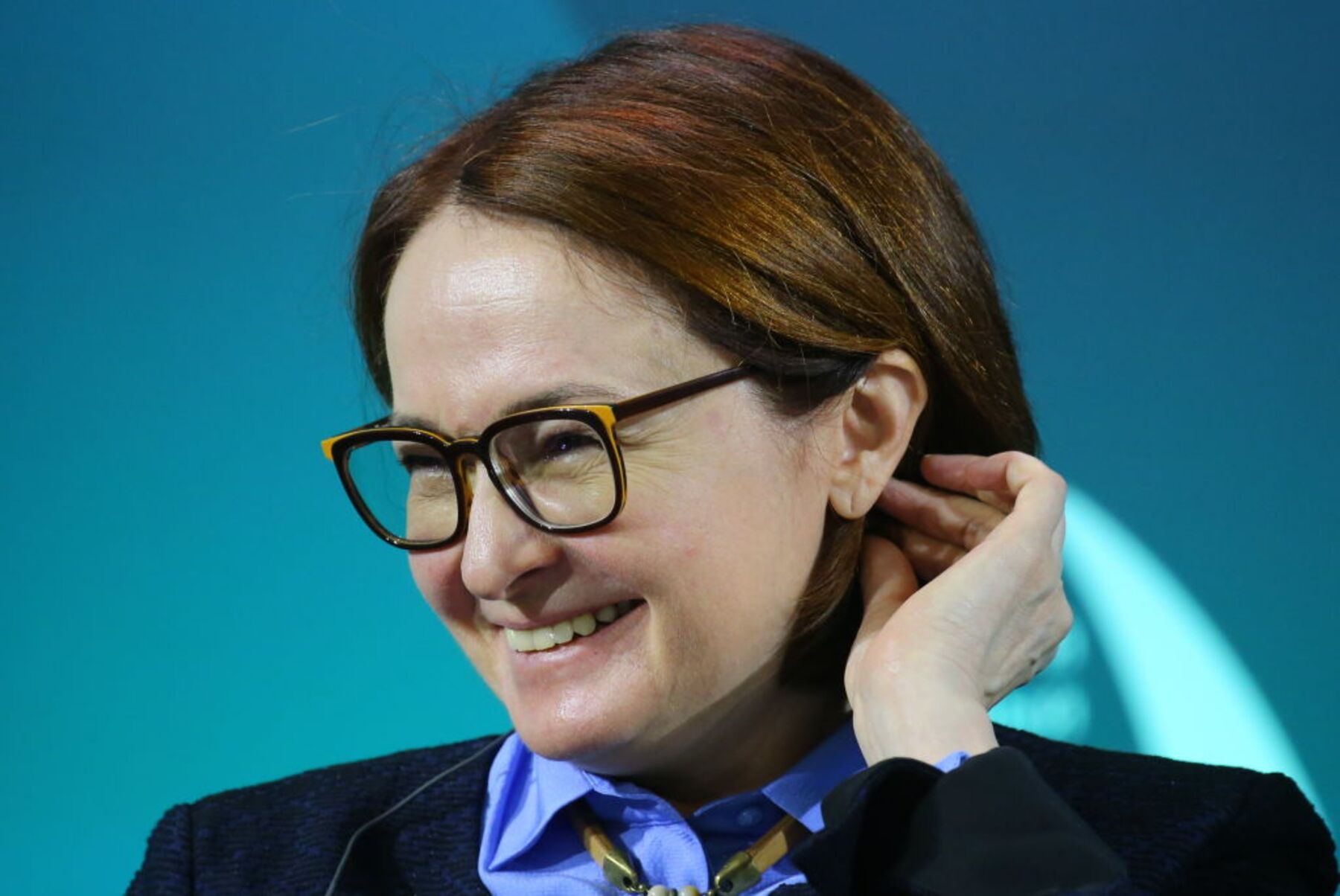
Where Russia’s central bank goes, other emerging market policymakers should follow. The country set an important precedent last week by raising interest rates 25 basis points to 7.75 percent, its second preemptive hike since September. Turkey, South Africa and others should take note of its hawkishness.
The escape route from the the past summer’s emerging market crisis was pushing up rates. And with the risks that sparked the selloff still very much with us, this strategy remains the best bet for countries wishing to avoid a repeat in 2019. You need nerves of steel to look at weak domestic growth and hike anyway to make sure you’re equipped to deal with any possible global strife. But it’s smart central banking from Russia.
Emerging Currency Vulnerability
Volatility has calmed since the EM currency crisis, but risks are still noticeable
Source: Bloomberg
There are local reasons too for Russia to be proactive. Its sales tax will rise to 20 percent from 18 percent in 2019, probably pushing inflation briefly above the central bank’s target range. It will want to rein that in. Plus there’s the threat of more international sanctions because of its actions around Ukraine. Higher interest rates now should mitigate any downside pressure on the ruble. They also let the country resume daily purchases of dollars to rebuild its currency reserves.
Turkey, by contrast, seems less committed to this approach. At its central bank policy meeting on Thursday, officials chose to omit the word “decisively” from their previous wording on keeping its interest rate approach tight. This may not seem much, but it was enough to cause a brief wobble in the lira. That shows how sensitive investors are to the hint of any premature reversal of the painful 650 basis-point hike that the central bank was forced into on Sep. 13.
That massive increase was necessary to finally get hold of runaway inflation and halt the slump in the lira. But while things have become more normal there, the lira is still among the worst-performing emerging currencies against the dollar, down by almost 2 percent.
While Turkey’s CPI has fallen from a peak of 25.2 percent to 21.6 percent in November, it remains more than four times higher than the official target. There may be a point in 2019 when interest rates can be carefully lowered, but not before inflation is clearly trending downward. Having let inflation run riot, more medicine is needed to prevent a rerun of the country’s savage crisis — even if there is intense political pressure on the central bank to cut rates.
South Africa also might want to look to Russia. As the most liquid of emerging market currencies, the rand is highly sensitive to investor flows. Its Achilles’ heel is the primary income balance: It pays out far more interest to foreign holders of its government debt than is covered by its trade surplus on precious metals.
The country’s Reserve Bank did finally raise rates by 25 basis points to 6.75 percent on Nov. 22, but it was a split decision. Governor Lesetja Kganyago delivered the deciding vote, despite domestic growth and inflation forecasts being lowered. He emphasized tighter global conditions, increased volatility, and worsening sentiment toward emerging markets. Wise words. Yet the rand remains vulnerable still, having fallen more than 4 percent against the dollar in December.
Prudent central banks will want to avoid being dragged again into a global “risk-off” maelstrom. That requires leaving a little interest rate insurance in place for 2019.
No comments:
Post a Comment